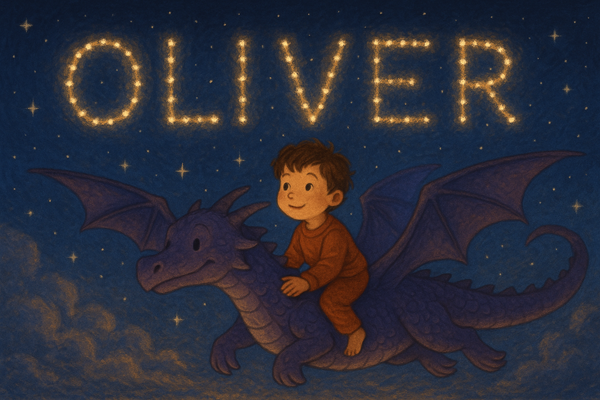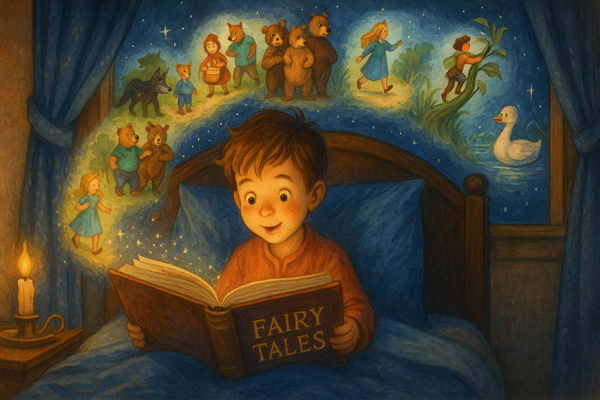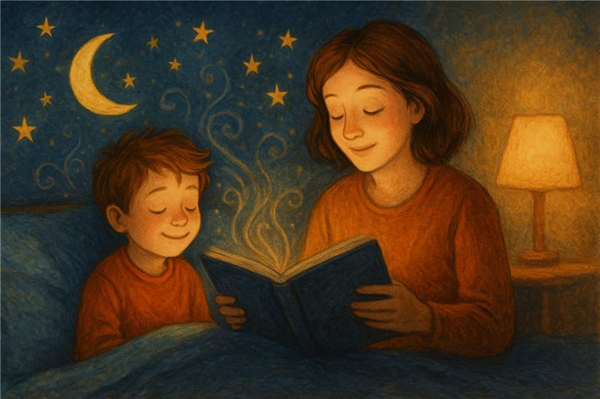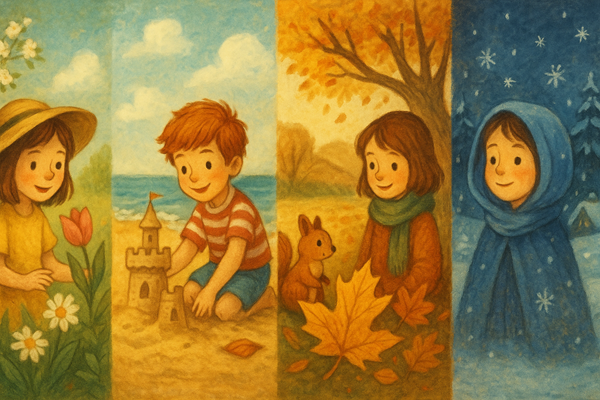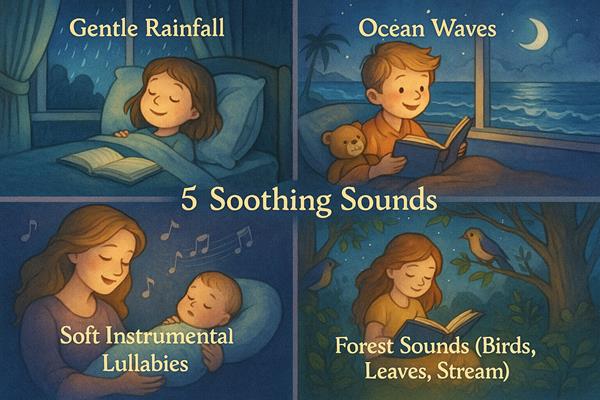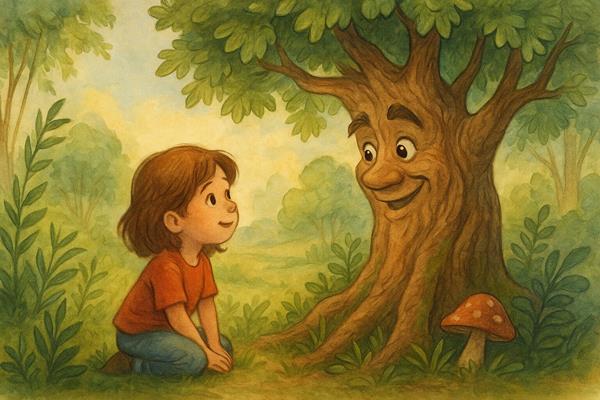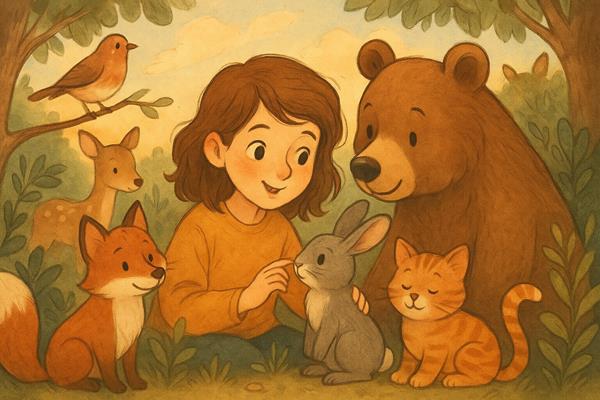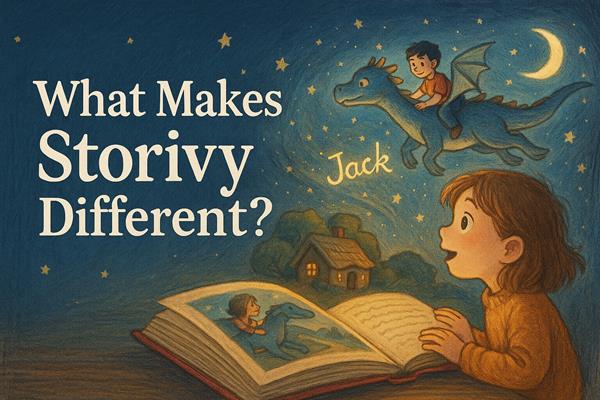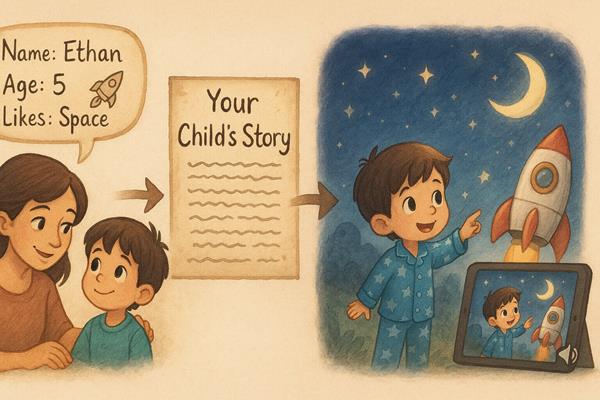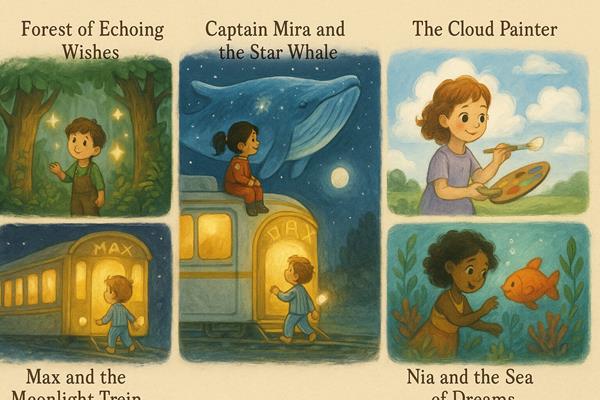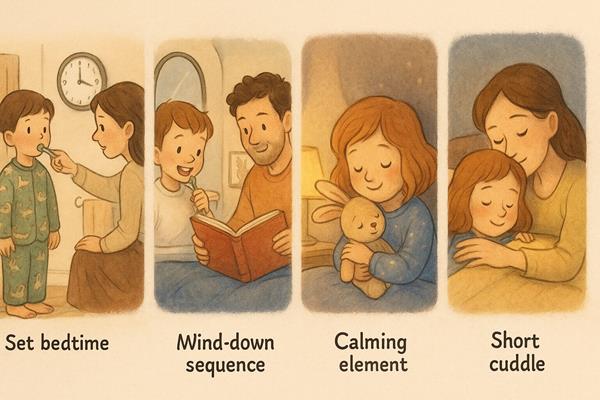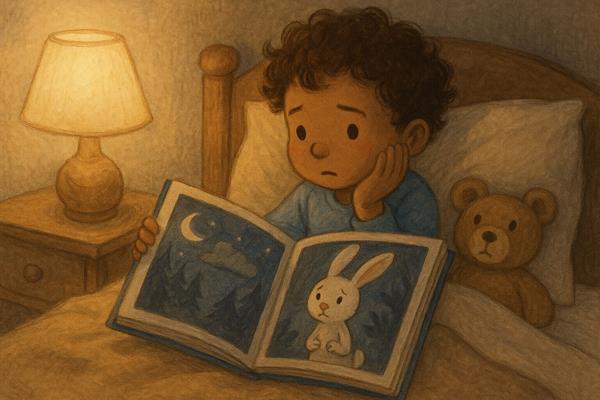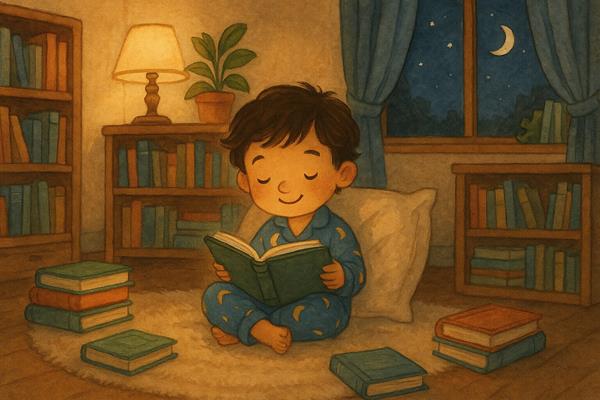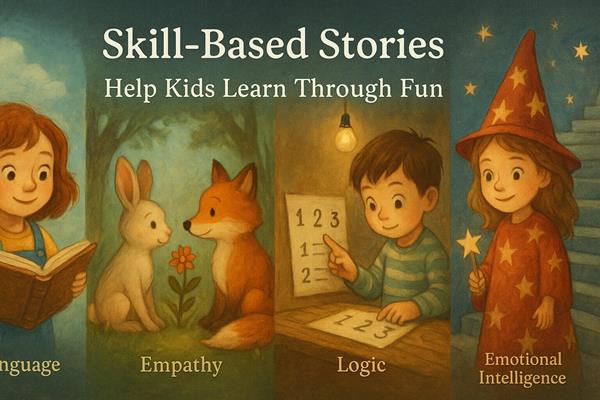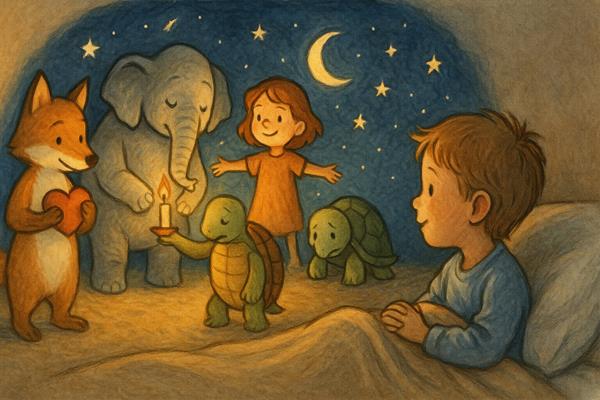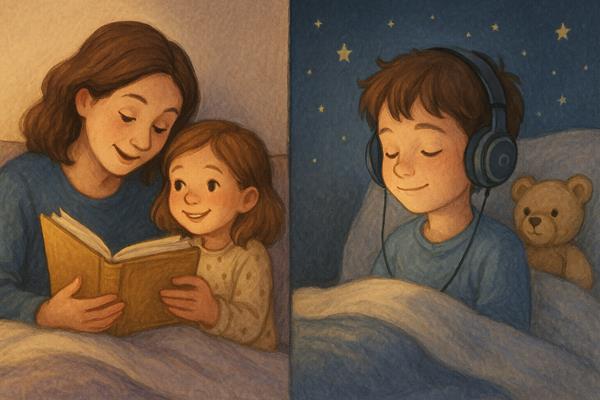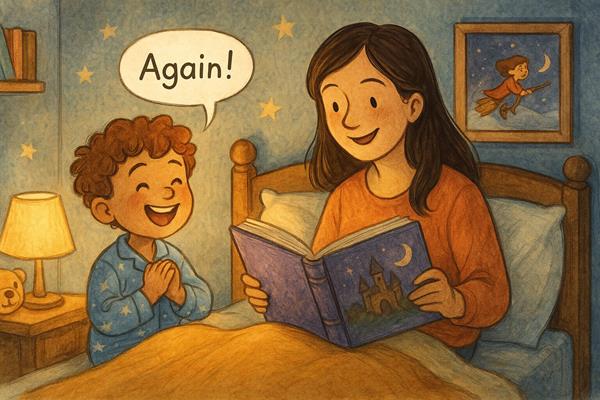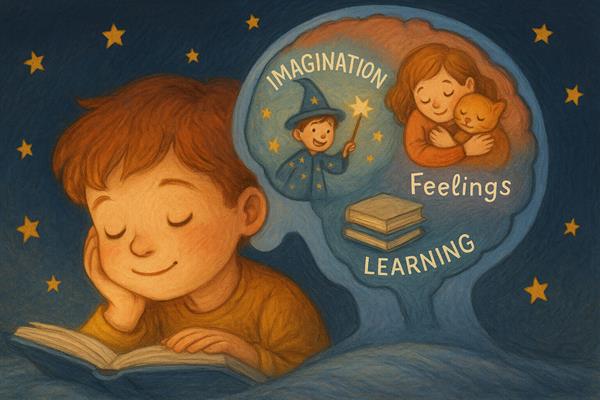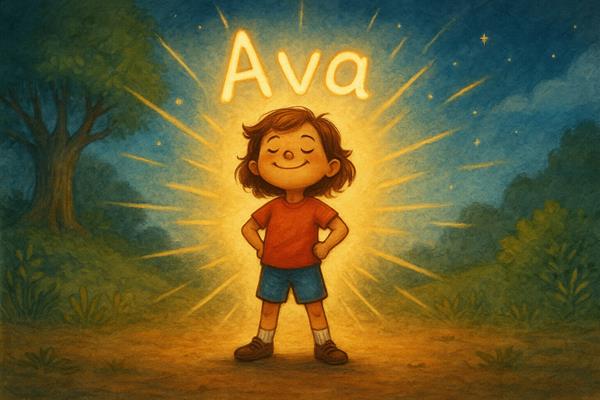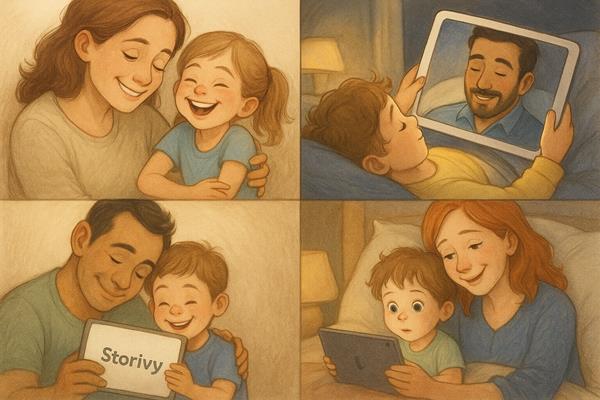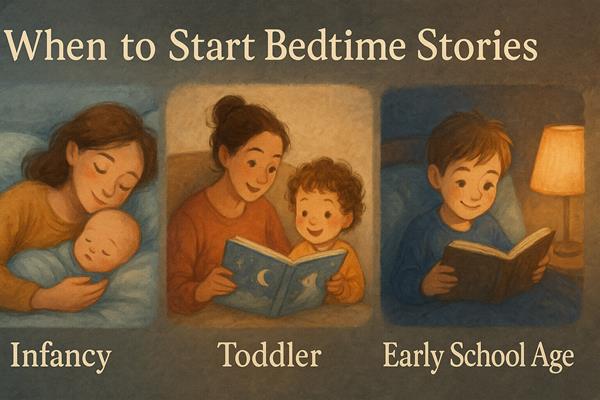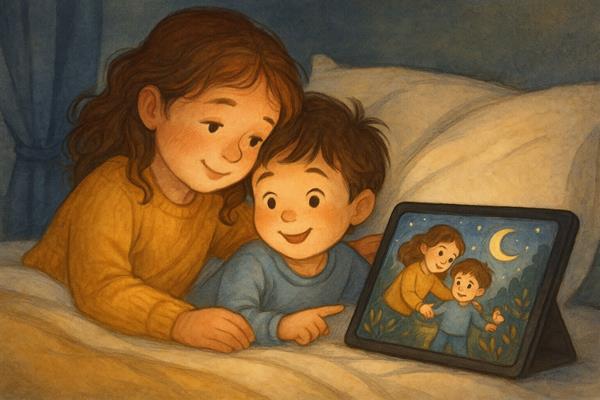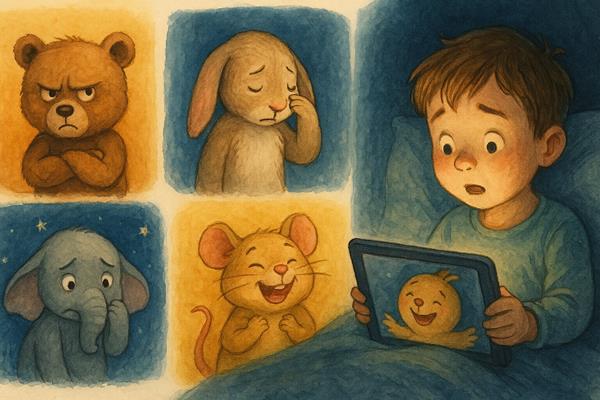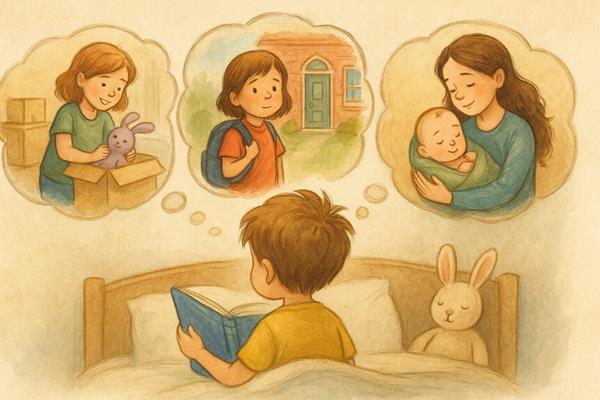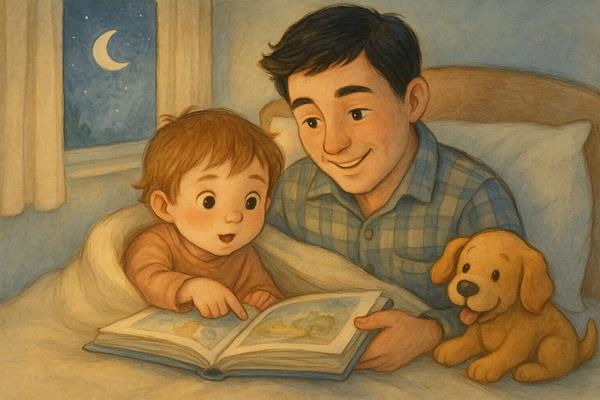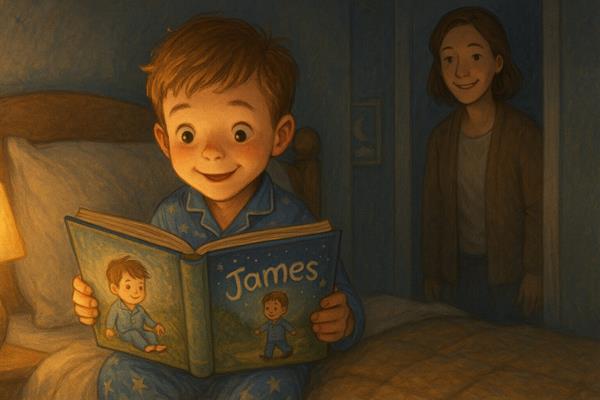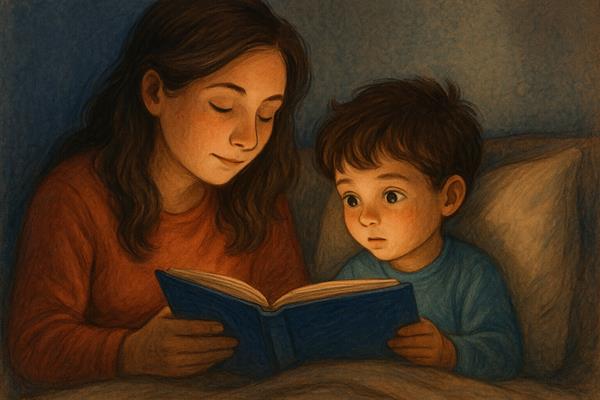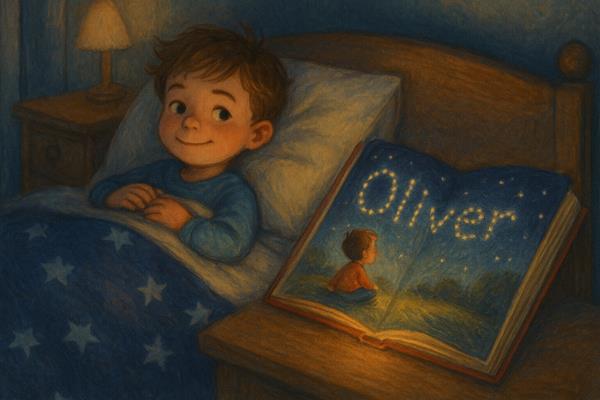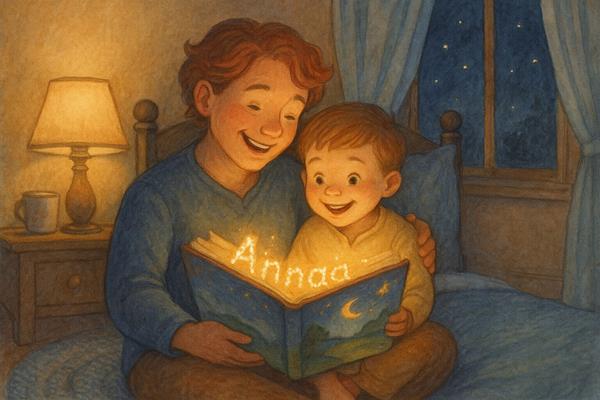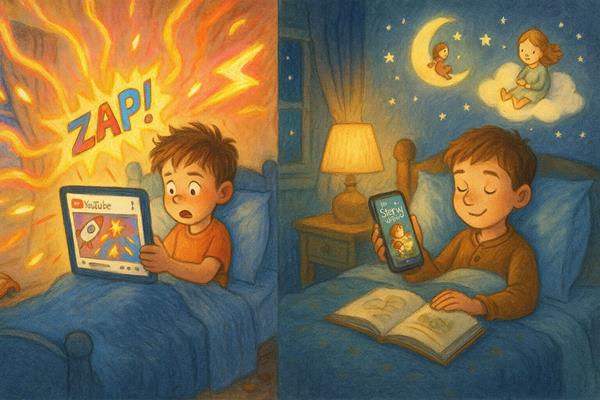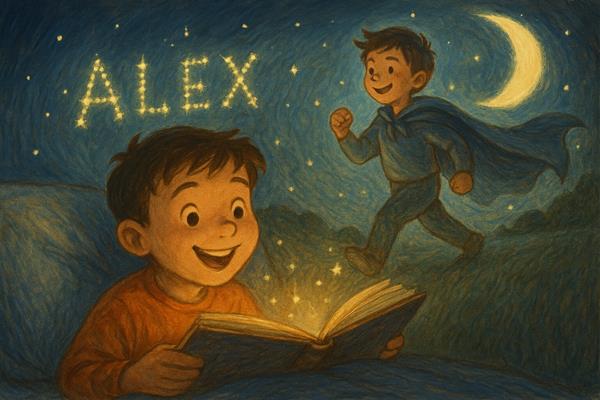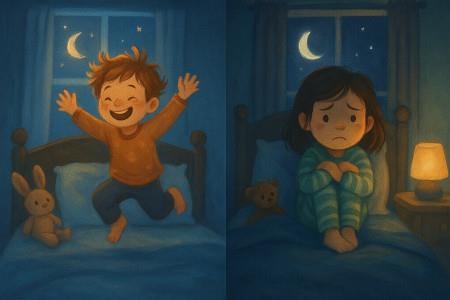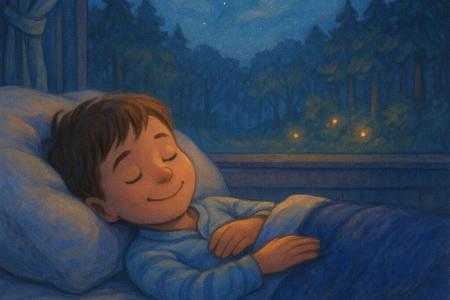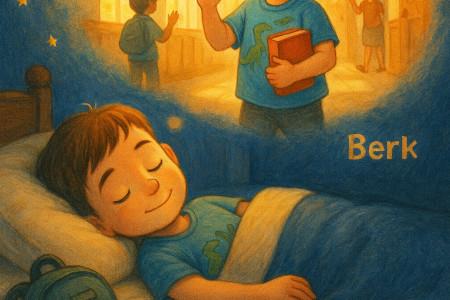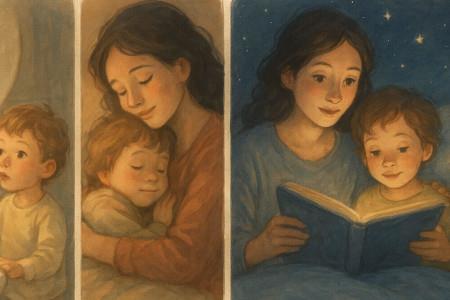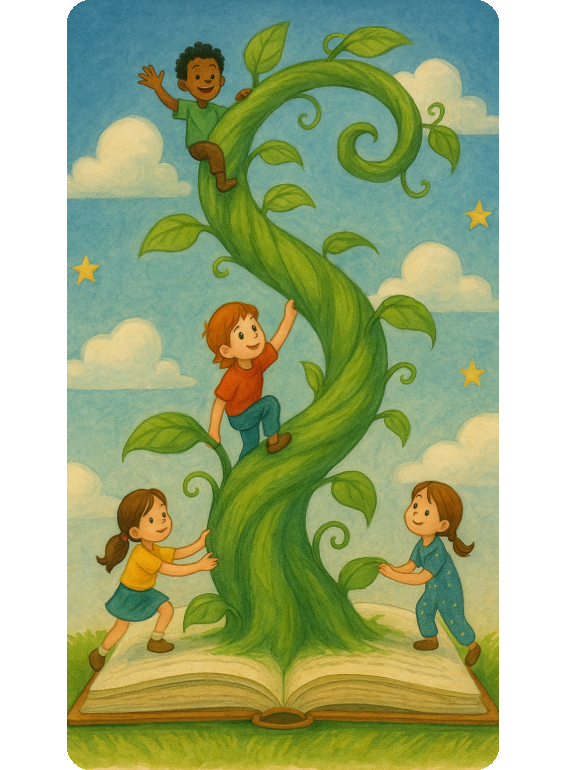What Makes a Great Bedtime Story? 7 Key Ingredients
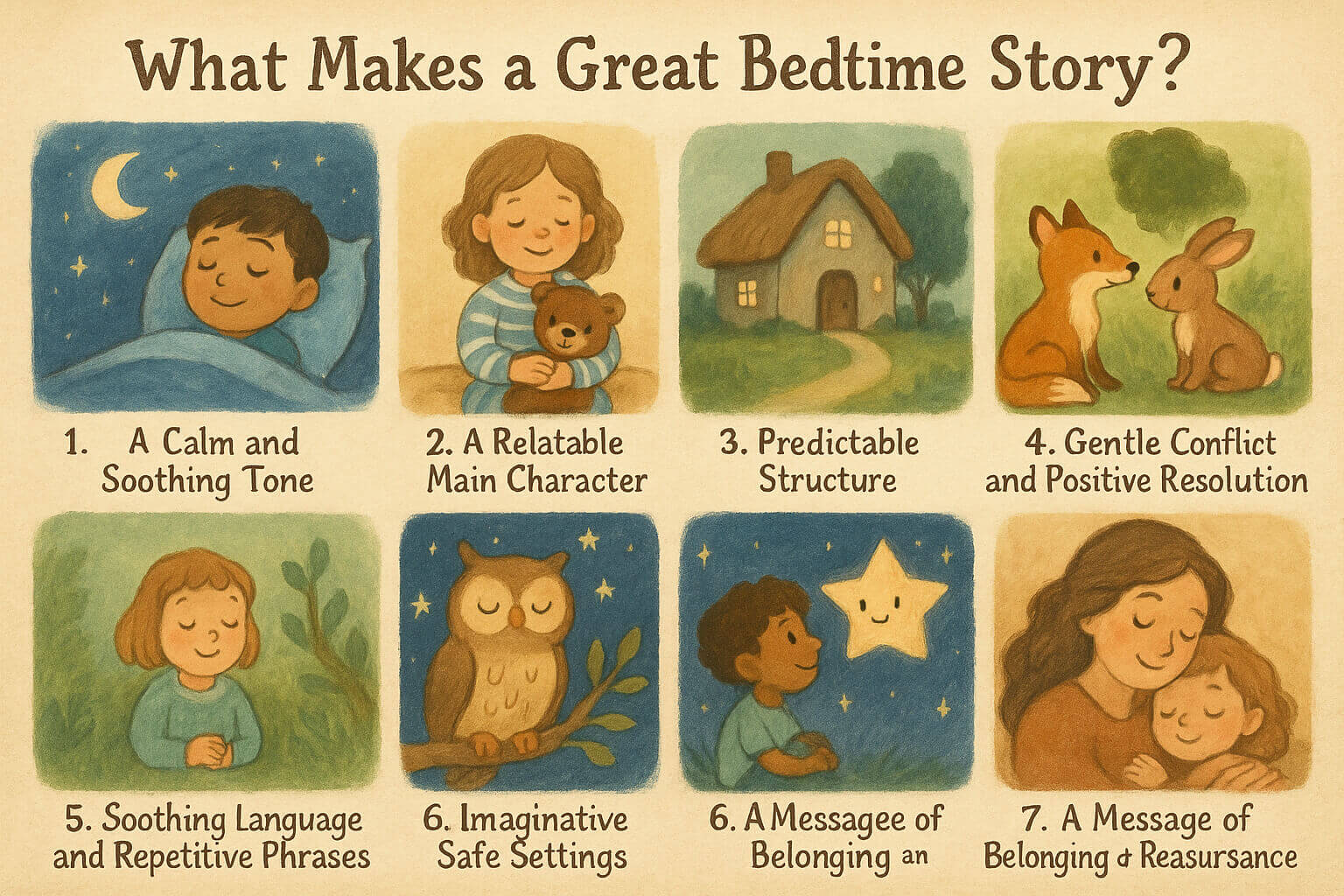
Introduction
Not all bedtime stories are created equal. Some excite the mind, others calm it. But the best bedtime stories strike a balance—offering just the right tone, pace, and emotional resonance to help your child feel safe, understood, and ready for sleep. Here are the 7 ingredients that make a bedtime story truly great.
1. A Calm and Soothing Tone
The language and pacing should be gentle.
-
Use short sentences and soft imagery
-
Avoid high-stakes action or loud emotions
-
Rhythm matters—slower reading = deeper relaxation
2. A Relatable Main Character
Children connect more easily when they see themselves in the story.
-
Characters with everyday worries or wonders
-
Animal or child heroes who reflect your child’s emotions
-
Personalization (like in Storivy) deepens this connection
3. Predictable Structure
A classic beginning–middle–end helps kids process and feel secure.
-
Repetition and rhythm create comfort
-
Familiar patterns reduce anxiety
-
It reassures children that “everything will be okay”
4. Gentle Conflict and Positive Resolution
A small problem, solved kindly, makes a story meaningful.
-
Conflict should be light and age-appropriate
-
The solution should reinforce positive behavior or emotion
-
Happy endings build emotional resilience
5. Soothing Language and Repetitive Phrases
Children love repetition. It helps them absorb and remember.
-
Use phrases like “And every night, he dreamed…”
-
Repetition calms the brain and cues sleepiness
-
It creates a sense of ritual
6. Imaginative, Safe Settings
Bedtime stories should feel dreamy, not overstimulating.
-
Magical forests, friendly stars, cozy cabins
-
A sense of wonder without fear
-
Peaceful worlds spark creativity and calm
7. A Message of Belonging and Reassurance
The emotional core of a bedtime story matters most.
-
Let the story say: You are safe. You are loved. You are ready to rest.
-
When children feel secure, they sleep more deeply
-
These emotional signals are more important than plot twists
Conclusion: Make Every Night Feel Like a Hug
A great bedtime story doesn’t just help your child fall asleep—it wraps them in comfort, curiosity, and care. At Storivy, every tale is built around these key elements, making each night a soft landing for both imagination and emotions.
- Date: 22 May 2025
- Share:


